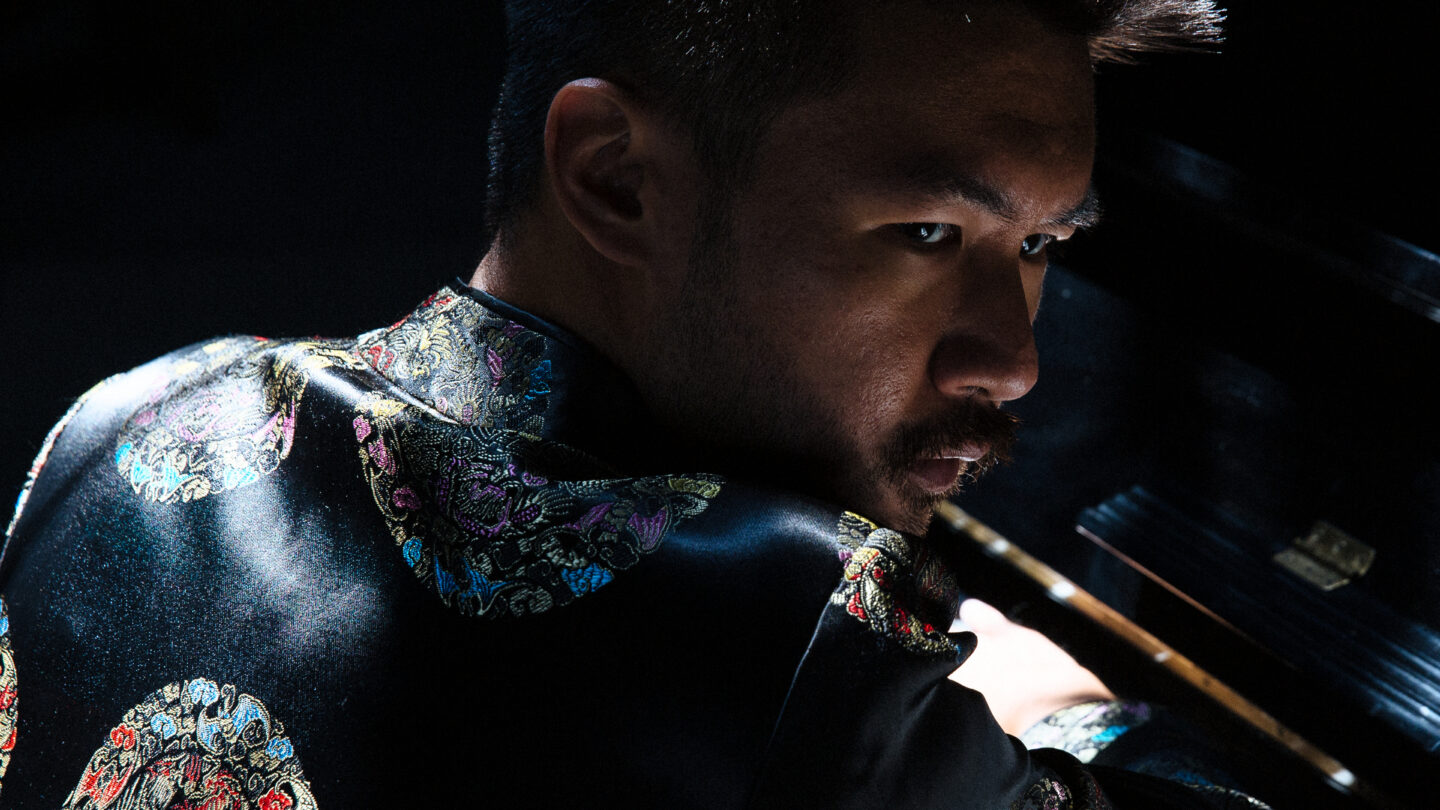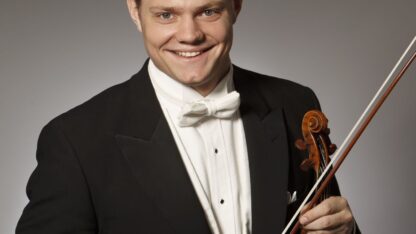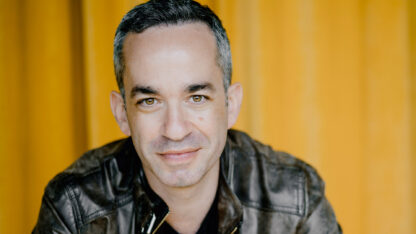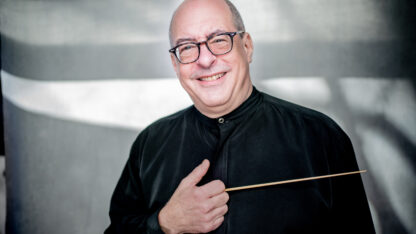Award-winning pianist and composer Conrad Tao performs Ravel with Atlanta Symphony Orchestra

The award-winning, dynamic American pianist and composer Conrad Tao returns to perform with the Atlanta Symphony Orchestra as soloist in the piano concerto of French composer Maurice Ravel. Ahead of those ASO concerts on Feb. 23-24, Conrad Tao joined “City Lights” host Lois Reitzes via Zoom to talk about the music on the upcoming program.
Interview highlights:
A transportive, fantastical, genre-bending adventure in music:
“It takes us on a colorful, joyful romp,” said Tao. “In my mind, it’s this very 1920s Parisian landscape, which funnily enough, also includes some 1920s Americana in the landscape, which is to say it contains American jazz in the landscape. What we can hear throughout this entire concerto — I would say across all three movements, but most foregrounded in the outer movements, the first and last movement — you can really hear the influence of American jazz on Ravel… It is completely reasonable to assume that Ravel was just as enamored of this new form, this new kind of music as the rest of France at the time.”
Making the piano sing the blues:
“[Ravel] does evoke the ‘blue note’ throughout the piece. I do think that that first quasi-improvisational piano solo is gesturing towards blue notes and jazz improvisation and the sort of ‘glissandi,’ this interest in the space between the steps that we associate with classical music; this kind of blurring,” said Tao. “I remember when I first learned this piece as a teenager that my teacher, Veda Kaplinsky, described this piano entrance in the first movement, this little gesture, she described it to me as like, ‘You’re finding a way to make the piano slide… between these notes,’ and of course this is something that the piano is almost fundamentally incapable of doing.”
A gorgeous, floating second movement:
“Oh, I don’t even know if I have a word to describe it or how it feels. It’s a melody that seems unending,” Tao mused. “It seems as though it wraps around this pulsating rhythm in the piano’s left hand, this regular, waltz-like rhythm. Although to only interpret it as a waltz I think would be missing the point — it’s this gentle rocking back and forth, over which there’s this long, flowing melody that just wraps around and travels, never without direction, and yet it’s a direction that you do not feel Ravel’s hand too aggressively. It is as though the melody is inspired by its environment.”
Tao’s curious hypothesis regarding the third movement:
“I think the last movement is about Ravel’s cats. I will say, this could just be a complete crackpot theory. I have never found anyone else with this theory, but I was recently practicing this piece — I don’t remember when — but I was practicing the very, very end of the work, this last little gossamer passage that he gives the piano that inspires the orchestra into a frantic hum or revelry, and then the piece suddenly ends… It’s like this slithery little texture. What I ended up feeling like when I was at the piano playing this gesture, I felt like a cat. I felt like I was pawing at the keys repetitively, and so it was just this sudden realization as I was practicing; ‘I feel like a cat.’ Literally.”
“Not only did Ravel have cats, Ravel had an entire family of Sphynx cats,” said Tao. “He had a family of cats that he observed obsessively, and so I feel like that is all the confirmation I need.”
Conrad Tao performs Ravel with the Atlanta Symphony Orchestra Feb. 23-24. Tickets and more are available at www.aso.org/events/detail/conrad-tao-plays-ravel.








